![Lock, Graham: Forces In Motion - The Music And Thoughts Of Anthony Braxton [BOOK] (Da Capo Press) Lock, Graham: Forces In Motion - The Music And Thoughts Of Anthony Braxton [BOOK] (Da Capo Press)](https://www.teuthida.com/productImages/misc4/36773.jpg)
Documenting Anthony Braxton's 1985 UK tour with his classic quartet, Forces in Motion combines travel diary, interviews, and essays to present both the warmth of Braxton's personality and the depth of his visionary musical and philosophical project, offering an essential introduction to his art and a profound exploration of sound, creativity, and spirit.
In Stock
Quantity in Basket: None
Log In to use our Wish List
Shipping Weight: 34.00 units
Graham Lock-author
Anthony Braxton-composer, saxophonist
Click an artist name above to see in-stock items for that artist.
415 pages, 21.5 cm x 13.5 ccm
UPC: 0306803429
Label: Da Capo Press
Catalog ID: ISBN 0-306-80342-9
Squidco Product Code: 36773
Format: BOOK
Condition: New
Released: 1989
Country: USA
Packaging: Book
"I had known of Anthony Braxton for decades, but it's only in the past year or so that I've really been able to connect to his music. Partially, this is because I have a newfound living situation in which I can listen to what I want when I want to. Bouncing around the internet, I read a post on the man's work that made me realize that for most of us, digging Braxton or, really any of the avant-garde so-called, is a solitary pursuit, most often on headphones.
The single, blissfully single life affords this possibility. That's meant that I've gotten back to exploring the "free jazz"-we know the label isn't ideal-movement of the 1960's forward. Lots of late Coltrane, Cecil Taylor, Albert Ayler, John Carter-a lot of John Carter-and Ornette of course, though especially Skies of America. I'd heard much more of the New York school as opposed to Chicago, so opening up to Braxton was something of a revelation: there is a lot more to this music than just "energy." To be clear about what we're dealing with, here you go. Not exactly the same quartet, but the same year and 3/4 the same personnel:
Lock followed Braxton's quartet on its 1985 tour of Britain. The resulting book, Forces in Motion, takes the form of tour diary interspersed with interviews, primarily of Braxton but also of each of the group's other members, followed by three postscripts on relevant topics. Lock has other books, and one at the library here, that are more systematic overviews of the music, but this is what it is and the relatively unvarnished text preserves a spontaneity that among other things puts Braxton in a great light. The man may have a reputation for forbidding music, but personally he's very engaging with an enormously sweet quality to him. He comes off as a very, very kind individual.
The takeaway from the book is very simply that it serves as what seems to me an ideal introduction to the deep significance of Braxton's project. It's, for lack of a better word, a spiritual endeavor, among other things, and though he doesn't put it in precisely these terms Braxton is trying, through sound, to turn back the world-nonsense of these last five hundred years. As quick as he is to draw influence from white musicians-Braxton is generous even to those, like Phil Woods, who critique him viciously-Braxton demolishes the philosophical, musical, and spiritual underpinnings of white supremacy.
I took a class once in, more or less, critical theory, and the professor really wanted us to understand and engage the ideas at hand. She assigned a fair amount of Foucault, but mostly from Power-Knowledge, a collection of, mainly, interviews. She noted that when Foucault just talked, he said what he meant, and it made everything easier. The same, I can glean from the excepts from Braxton's Tri-axium Writings, would be true of Braxton. If you want to really get everything, read the Tri-axium Writings, just like if you really want to understand Marx, you need to read Capital. That said, Braxton can sum things up and give a person a lot to go forward with. The book provides this."-Bill, One Book After Another blog
415 pages, 21.5 cm x 13.5 ccm
Get additional information at One Book After Another
Artist Biographies
• Show Bio for Anthony Braxton [Anthony Braxton (born June 4, 1945) is an American composer and instrumentalist.] "Genius is a rare commodity in any art form, but at the end of the 20th century it seemed all but non-existent in jazz, a music that had ceased looking ahead and begun swallowing its tail. If it seemed like the music had run out of ideas, it might be because Anthony Braxton covered just about every conceivable area of creativity during the course of his extraordinary career. The multi-reedist/composer might very well be jazz's last bona fide genius. Braxton began with jazz's essential rhythmic and textural elements, combining them with all manner of experimental compositional techniques, from graphic and non-specific notation to serialism and multimedia. Even at the peak of his renown in the mid- to late '70s, Braxton was a controversial figure amongst musicians and critics. His self-invented (yet heavily theoretical) approach to playing and composing jazz seemed to have as much in common with late 20th century classical music as it did jazz, and therefore alienated those who considered jazz at a full remove from European idioms. Although Braxton exhibited a genuine -- if highly idiosyncratic -- ability to play older forms (influenced especially by saxophonists Warne Marsh, John Coltrane, Paul Desmond, and Eric Dolphy), he was never really accepted by the jazz establishment, due to his manifest infatuation with the practices of such non-jazz artists as John Cage and Karlheinz Stockhausen. Many of the mainstream's most popular musicians (Wynton Marsalis among them) insisted that Braxton's music was not jazz at all. Whatever one calls it, however, there is no questioning the originality of his vision; Anthony Braxton created music of enormous sophistication and passion that was unlike anything else that had come before it. Braxton was able to fuse jazz's visceral components with contemporary classical music's formal and harmonic methods in an utterly unselfconscious -- and therefore convincing -- way. The best of his work is on a level with any art music of the late 20th century, jazz or classical. Braxton began playing music as a teenager in Chicago, developing an early interest in both jazz and classical musics. He attended the Chicago School of Music from 1959-1963, then Roosevelt University, where he studied philosophy and composition. During this time, he became acquainted with many of his future collaborators, including saxophonists Joseph Jarman and Roscoe Mitchell. Braxton entered the service and played saxophone in an Army band; for a time he was stationed in Korea. Upon his discharge in 1966, he returned to Chicago where he joined the nascent Association for the Advancement of Creative Musicians (AACM). The next year, he formed an influential free jazz trio, the Creative Construction Company, with violinist Leroy Jenkins and trumpeter Leo Smith. In 1968, he recorded For Alto, the first-ever recording for solo saxophone. Braxton lived in Paris for a short while beginning in 1969, where he played with a rhythm section comprised of bassist Dave Holland, pianist Chick Corea, and drummer Barry Altschul. Called Circle, the group stayed together for about a year before disbanding (Holland and Altschul would continue to play in Braxton-led groups for the next several years). Braxton moved to New York in 1970. The '70s saw his star rise (in a manner of speaking); he recorded a number of ambitious albums for the major label Arista and performing in various contexts. Braxton maintained a quartet with Altschul, Holland, and a brass player (either trumpeter Kenny Wheeler or trombonist George Lewis) for most of the '70s. During the decade, he also performed with the Italian free improvisation group Musica Elettronica Viva, and guitarist Derek Bailey, as well as his colleagues in AACM. The '80s saw Braxton lose his major-label deal, yet he continued to record and issue albums on independent labels at a dizzying pace. He recorded a memorable series of duets with bop pioneer Max Roach, and made records of standards with pianists Tete Montoliu and Hank Jones. Braxton's steadiest vehicle in the '80s and '90s -- and what is often considered his best group -- was his quartet with pianist Marilyn Crispell, bassist Mark Dresser, and drummer Gerry Hemingway. In 1985, he began teaching at Mills College in California; he subsequently joined the music faculty at Wesleyan University in Connecticut, where he taught through the '90s. During that decade, he received a large grant from the MacArthur Foundation that allowed him to finance some large-scale projects he'd long envisioned, including an opera. At the beginning of the 21st century, Braxton was still a vital presence on the creative music scene." ^ Hide Bio for Anthony Braxton
10/1/2025
Have a better biography or biography source? Please Contact Us so that we can update this biography.
Track Listing:
415 pages, 21.5 cm x 13.5 ccm
Book
Anthony Braxton
New in Improvised Music
Recent Releases and Best Sellers
Search for other titles on the label:
Da Capo Press.


![Lock, Graham: Forces In Motion - The Music And Thoughts Of Anthony Braxton [BOOK] (Da Capo Press) Lock, Graham: Forces In Motion - The Music And Thoughts Of Anthony Braxton [BOOK] (Da Capo Press)](https://www.teuthida.com/productImages/full/36773.Full.jpg)
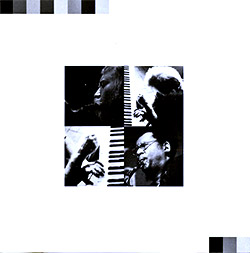

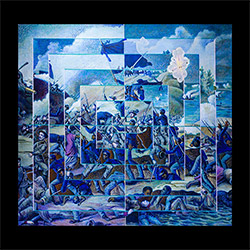
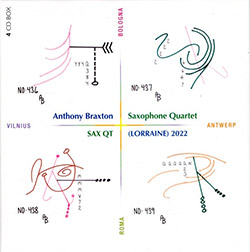
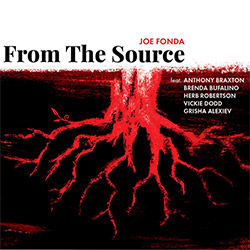
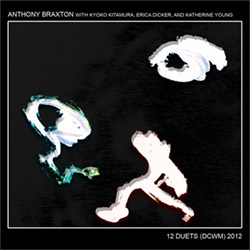
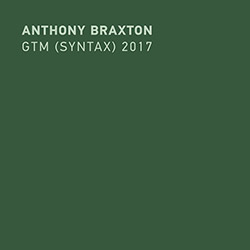
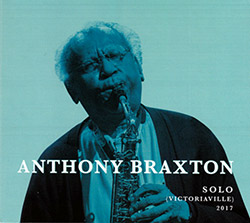
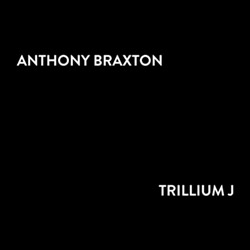
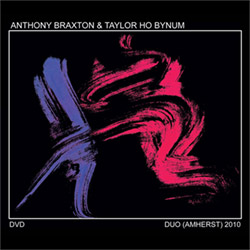
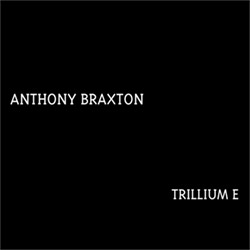
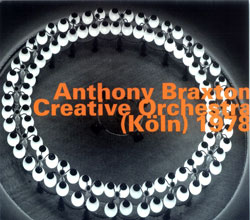
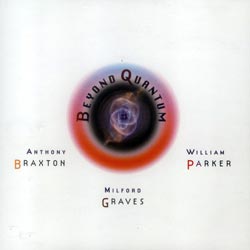
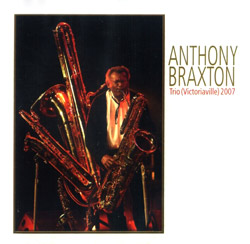
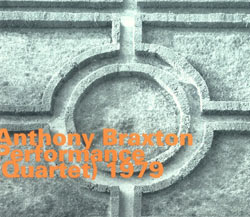
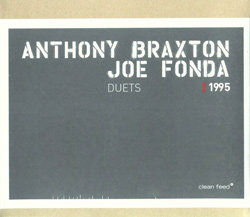
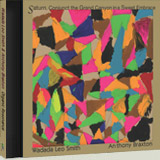
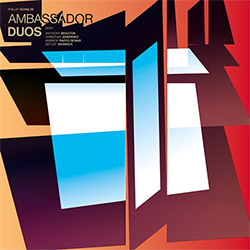
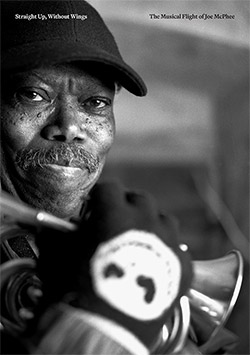
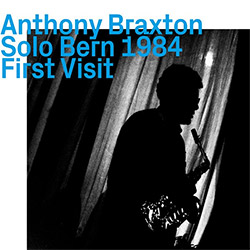
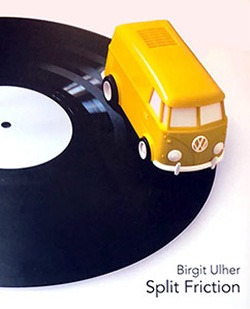
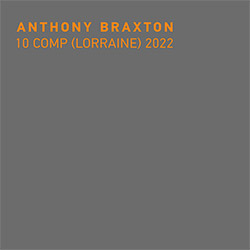
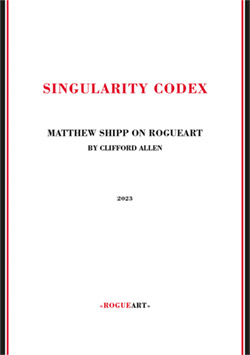
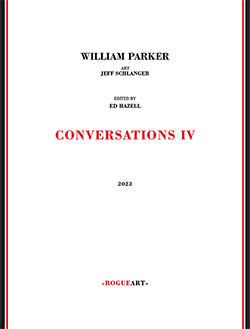
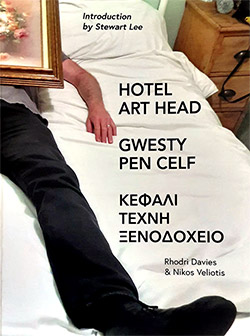
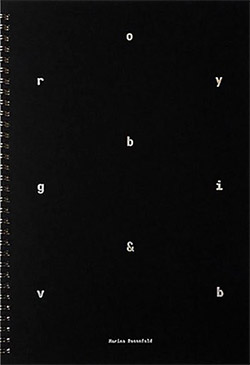

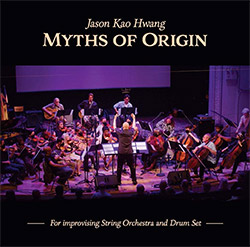

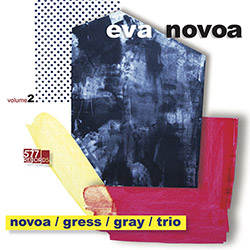
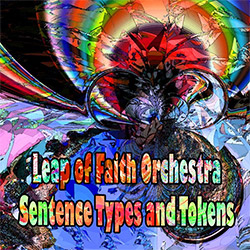
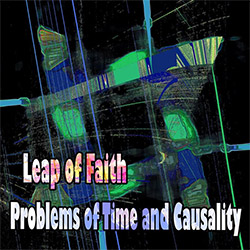
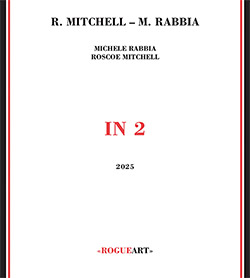
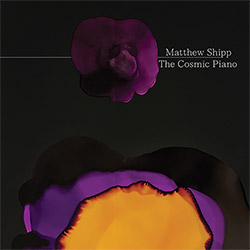
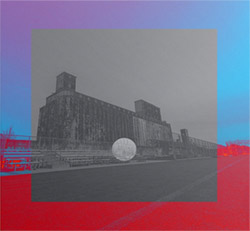
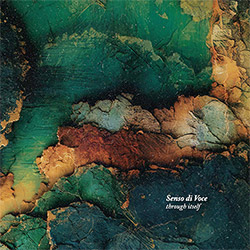
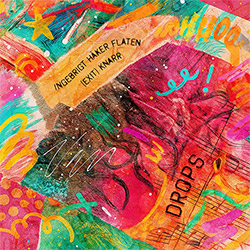
![Haker Flaten, Ingebrigt (Exit) Knarr: Drops [VINYL]](https://www.teuthida.com/productImages/misc4/36809.jpg)
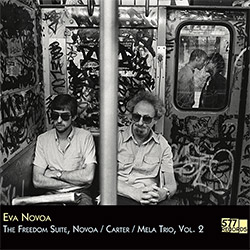
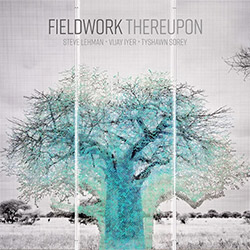
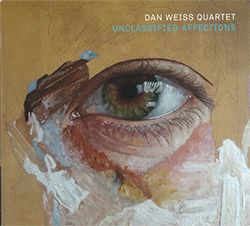
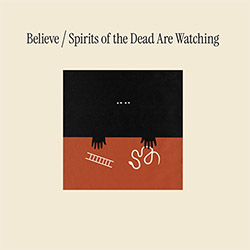
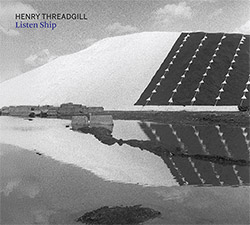
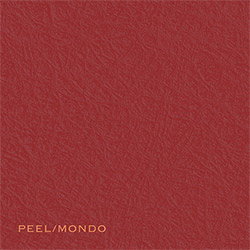
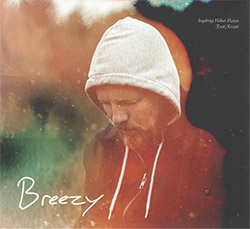
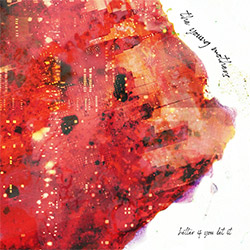
![Young Mothers, The (Haker-Flaten / Rosaly / Taylor / Jackson / Gonzalez / Horne): Better If You Let It [VINYL]](https://www.teuthida.com/productImages/misc4/36806.jpg)
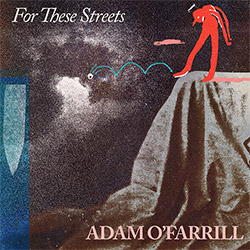
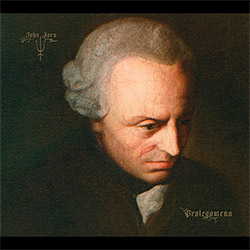
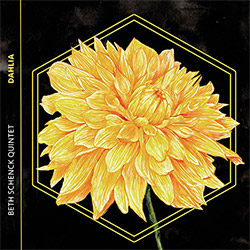
![Doneda, Michel / Frederic Blondy: Points Of Convergences [2 CDs]](https://www.teuthida.com/productImages/misc4/36749.jpg)
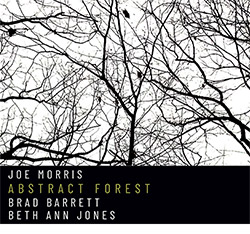
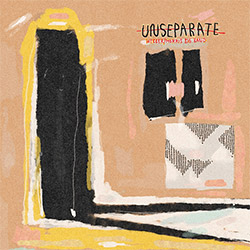
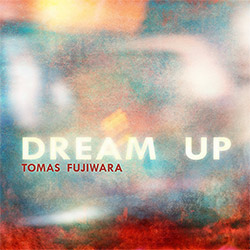

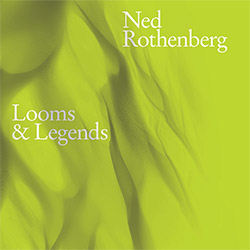
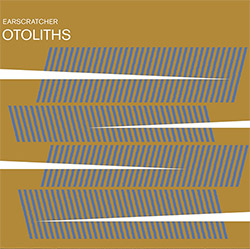
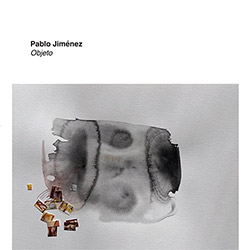
![Normand, Eric: Une Methode (Non Illustree) Pour Jouer La Basse Electrique [BOOK w/ DOWNLOAD]](https://www.teuthida.com/productImages/misc4/36794.jpg)
![Normand, Eric: Dur Temps Pour les Rouges [CASSETTE w/ DOWNLOAD]](https://www.teuthida.com/productImages/misc4/36775.jpg)
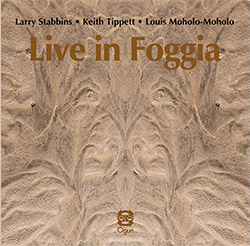
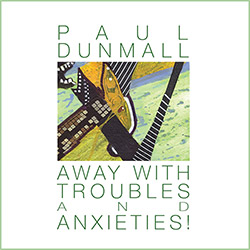


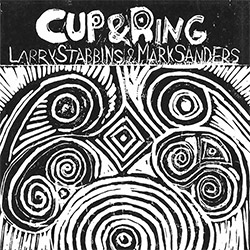
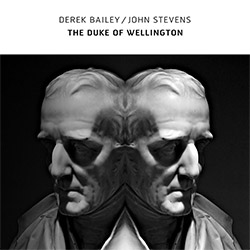

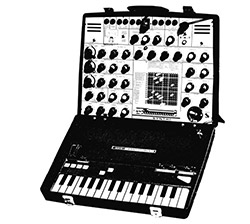
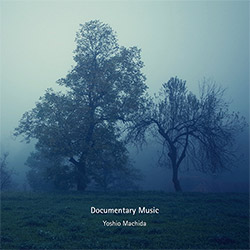
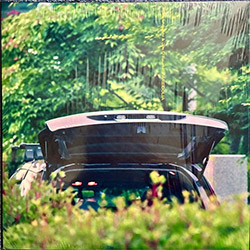

![A Magic Whistle: The Solar Cell [VINYL]](https://www.teuthida.com/productImages/misc4/36658.jpg)
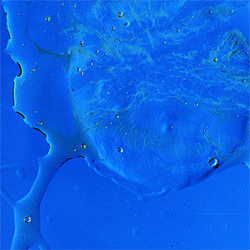
![McGee, Hal: Columbus Expedition [Cassette w/ Download]](https://www.teuthida.com/productImages/misc4/36650.jpg)
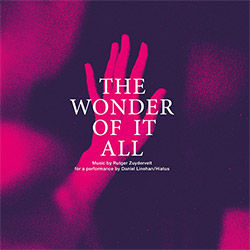

![Jaeger, Kassel: Fernweh [VINYL 2 LPs]](https://www.teuthida.com/productImages/misc4/36541.jpg)
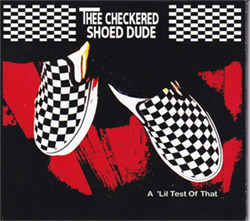
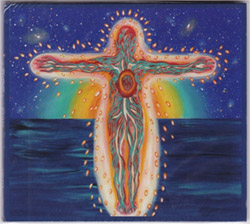
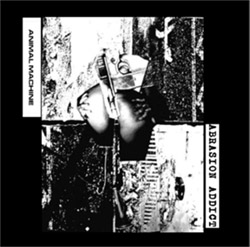


![+DOG+: The Light Of Our Lives [2 CDs]](https://www.teuthida.com/productImages/misc4/36009.jpg)

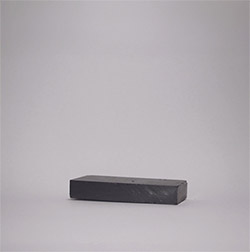
![Eternities: Rides Again [CASSETTE]](https://www.teuthida.com/productImages/misc4/36247.jpg)
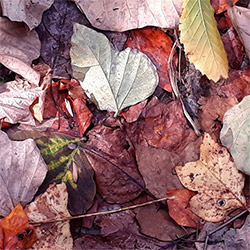
![Lopez, Francisco: Untitled (2021-2022) [2 CDs]](https://www.teuthida.com/productImages/misc4/36438.jpg)
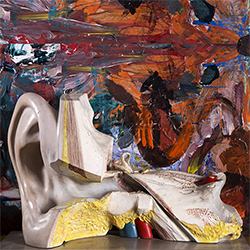

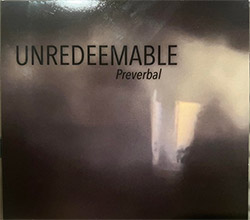

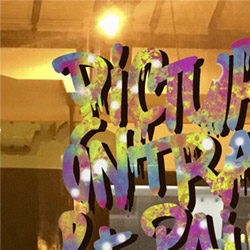
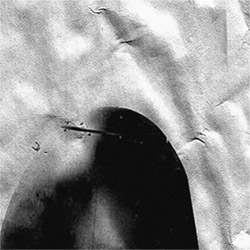
![Money : Money 2 [2 CDs]](https://www.teuthida.com/productImages/misc4/35894.jpg)
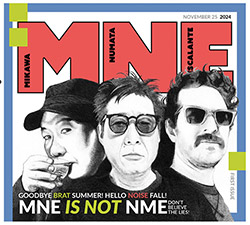
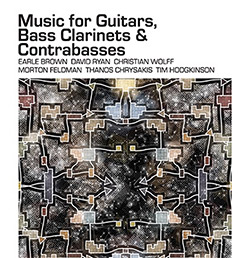
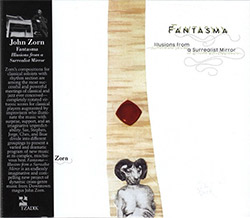
![Musicworks Magazine: #151 Summer 25 [MAGAZINE + CD]](https://www.teuthida.com/productImages/misc4/36559.jpg)
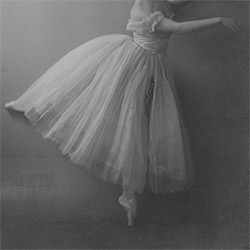
![Brown, Dan / Dan Reynolds: Live At The Grange Hall [unauthorized][CASSETTE]](https://www.teuthida.com/productImages/misc4/36245.jpg)
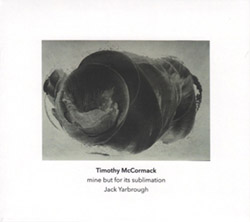
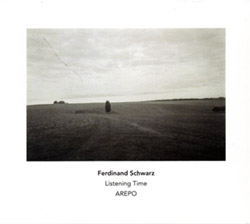
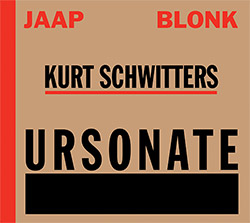
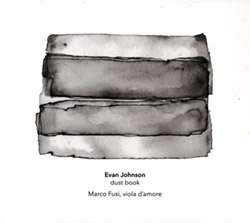
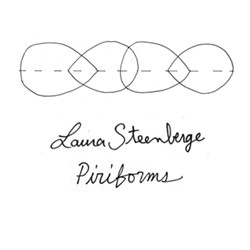
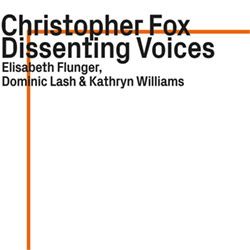
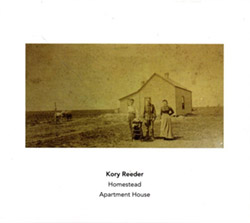
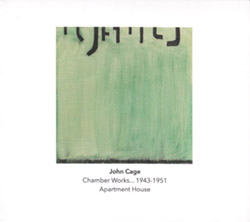
![Palestine, Charlemagne / Seppe Gebruers: Beyondddddd The Notessssss [VINYL]](https://www.teuthida.com/productImages/misc4/36206.jpg)
![Palestine, Charlemagne / Seppe Gebruers: Beyondddddd The Notessssss [NEON GREEN VINYL]](https://www.teuthida.com/productImages/misc4/36207.jpg)
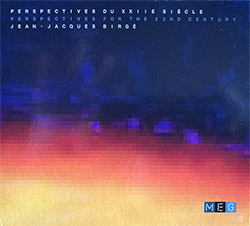
![Laubrock, Ingrid: Purposing The Air [2 CDs]](https://www.teuthida.com/productImages/misc4/35639.jpg)
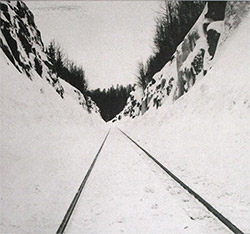
![Yoko, Ono / The Great Learning Orchestra: Selected Recordings From Grapefruit [2 CDs]](https://www.teuthida.com/productImages/misc4/35841.jpg)
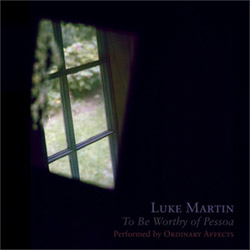
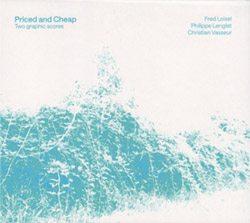
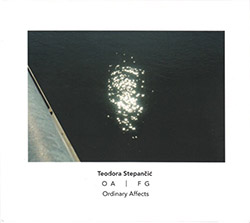
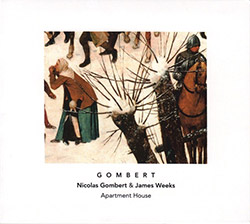
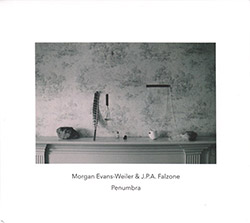
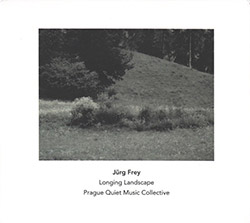
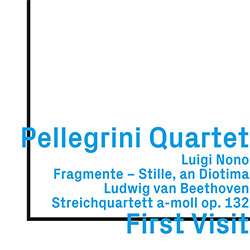
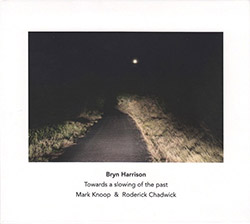
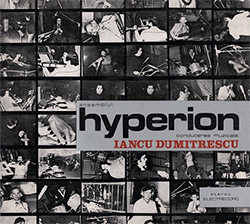
![Zorn, John / JACK Quartet: The Complete String Quartets [2 CDs]](https://www.teuthida.com/productImages/misc4/35609.jpg)
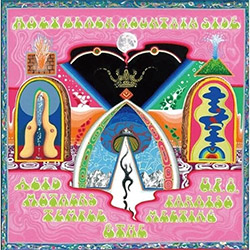
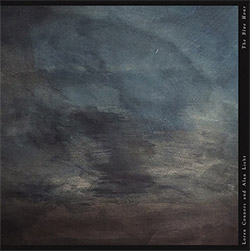
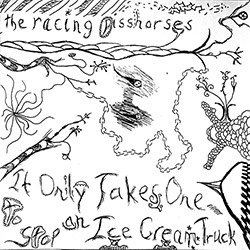
![Koenjihyakkei: Live at Club Goodman [2 CDs]](https://www.teuthida.com/productImages/misc4/36111.jpg)
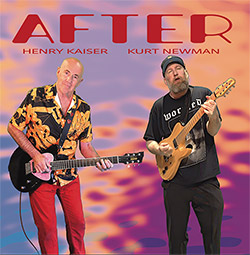
![Sorry For Laughing (G. Whitlow / M. Bates / Dave-Id / E. Ka-Spel): Rain Flowers [2 CDS]](https://www.teuthida.com/productImages/misc4/35985.jpg)
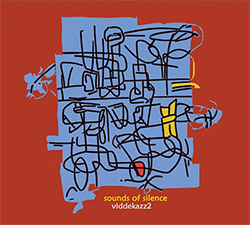
![Rolando, Tommaso / Andy Moor : Biscotti [CASSETTE w/ DOWNLOADS]](https://www.teuthida.com/productImages/misc4/36106.jpg)
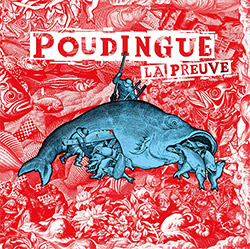
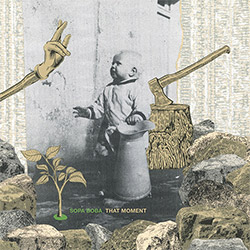
![Electric Bird Noise / Derek Roddy: 8-10-22 [CD EP]](https://www.teuthida.com/productImages/misc4/35970.jpg)
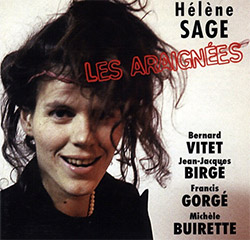

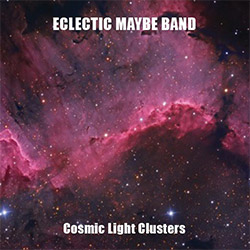
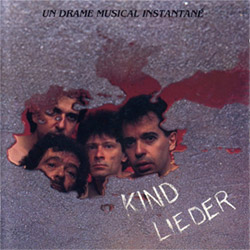
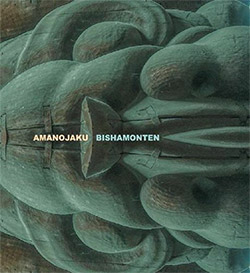
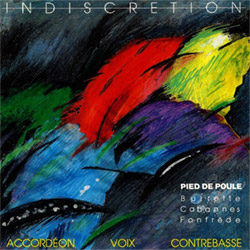
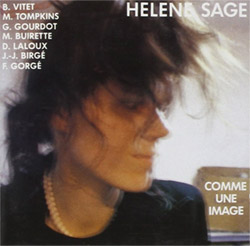
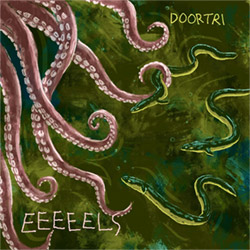
![Elephant9 : Mythical River [VINYL]](https://www.teuthida.com/productImages/misc4/34624.jpg)
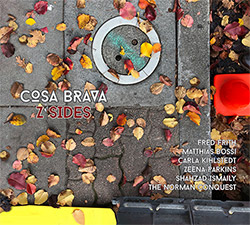
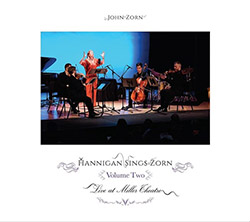
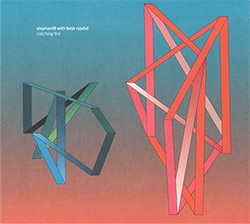
![Elephant9 with Terje Rypdal: Catching Fire [VINYL 2 LPs]](https://www.teuthida.com/productImages/misc4/35355.jpg)
![Deerlady (Obomsawin, Mali / Magdalena Abrego): Greatest Hits [VINYL]](https://www.teuthida.com/productImages/misc4/34876.jpg)
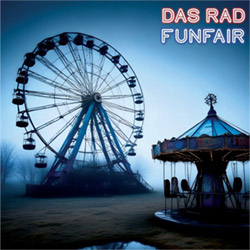
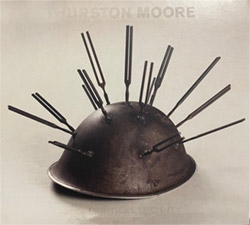
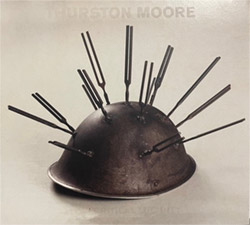
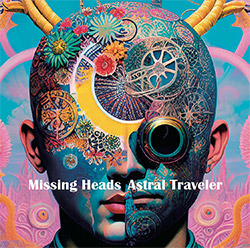
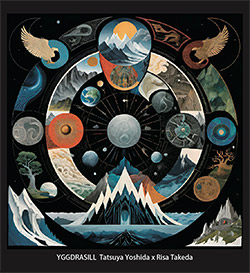
![Coley, Byron: Dating Tips for Touring Bands [VINYL]](https://www.teuthida.com/productImages/misc4/17906.jpg)
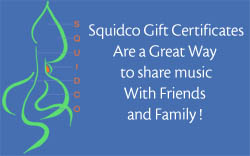
![Lost Kisses: My Life is Sad & Funny [DVD]](https://www.teuthida.com/productImages/misc4/lostKissesDVD.jpg)